The origin of Earth’s water is a big piece of the puzzle in Earth’s history. Did it come from comets and asteroids? From water-bearing space dust? The scientific debate is not settled.
Now a new study shows that water could have been delivered to Earth by organic matter.
The most prominent line of evidence shows that Earth got its water from comets and asteroids. Our Solar System has a what’s called a “snow line” or a “frost line,” somewhere between Mars and Jupiter. Beyond the snow line, the Sun’s energy is weaker, and ice can condense because of the low temperatures. According to this line of thinking, icy comets and meteors from beyond the frost line could’ve carried that ice to the Earth over a long period of time, making Earth into a wet world.

Another line of thinking shows that Earth’s water could’ve arrived via space dust.
That explanation relies on evidence from the Dawn mission to asteroid Vesta. According to one study, icy micrometeoroids could’ve brought Earth its water.
Both of those explanations rely on water coming from beyond the Solar System’s frost line, and being deposited on Earth. But this new study says that there is a source of water inside the snow line: organic matter.
“Our results show that the interstellar organic matter inside the snow line is a potential source of water on the earth.”
Akira Kouchi, Study co-Author, Hokkaido University
The new paper is titled “Precometary organic matter: A hidden reservoir of water inside the snow line.” The lead author is Hideyuki Nakano from the Department of Science, Kyoto University of Education. The paper is published in the journal Nature: Scientific Reports.
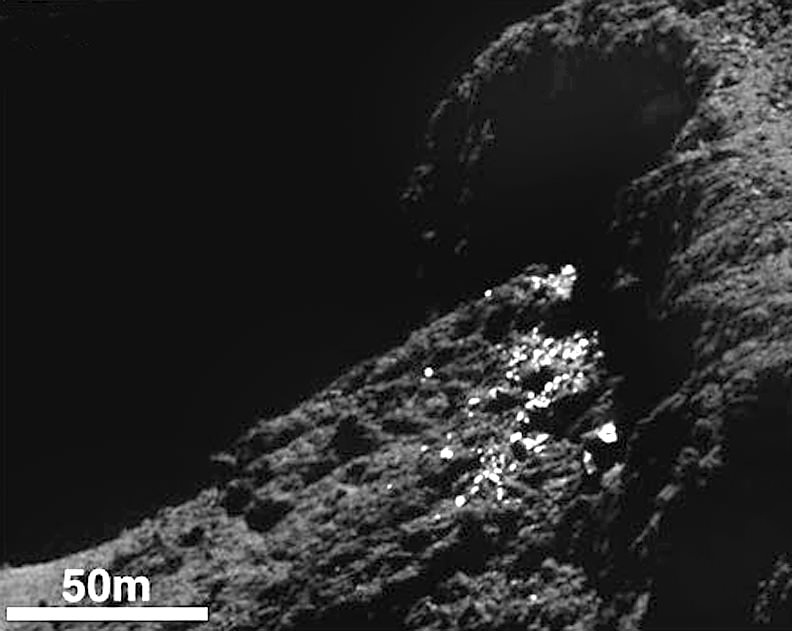
“Until now, much less attention has been paid to organic matter, comparing to ices and silicates, even though there is an abundance inside the snow line,” said co-author and planetary scientist Akira Kouchi from Hokkaido University.
The study is centered on “precometary organic matter,” which is the left over remnant from comet-forming processes. Some evidence shows that these materials are abundant and ubiquitous in space. The ESA’s Rosetta mission visited the comet 67P/Churyumov-Gerasimenko and found that nearly 50% of the particles from that comet were organic. The Russian Vega 1 mission to Halley’s Comet produced similar results. And analyses of dust from other comets, of interplanetary dust, and of micrometeorites shows that organic refractory grains are abundant in those sources, too.
In their study, the researchers created an analog of precometary interstellar organic material. Then they used a lab device called a diamond anvil cell to heat the analog under pressure. This device simulates the heat and pressure inside the parent bodies of meteorites inside the Solar System’s frost line.
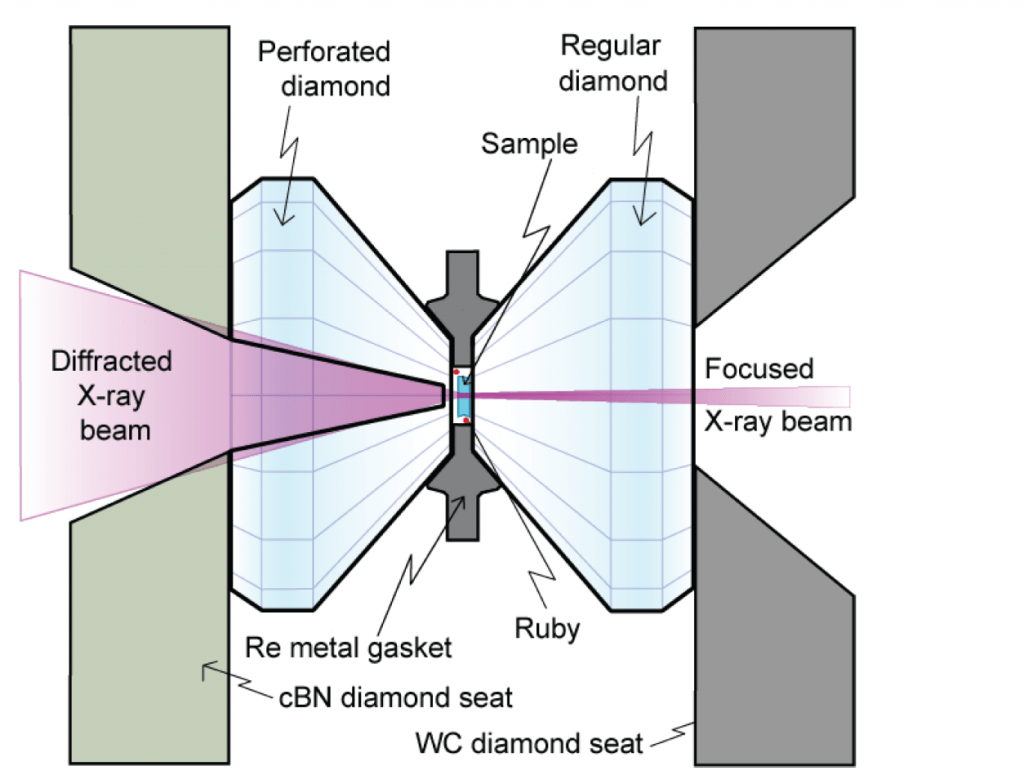
Image Credit: Stansislav Sinogeikin
In this experiment, the analog mixture contained H2O, CO, and NH3. It was then irradiated with UV, which “which mimicked its natural synthetic process,” according to a press release. The analog was subjected to different temperatures to see how it responded. The experimental temperatures ranged from 24 C up to 400 C (75.2 F to 752 F.)
The sample was uniform up to 100 C, but at 200 C, it separated into two phases. At about 350 C, something else happened: water droplets formed. Raising the temperature even higher produced larger droplets. Then at 400 C, the experiment’s highest temperature, the sample produced black oil.
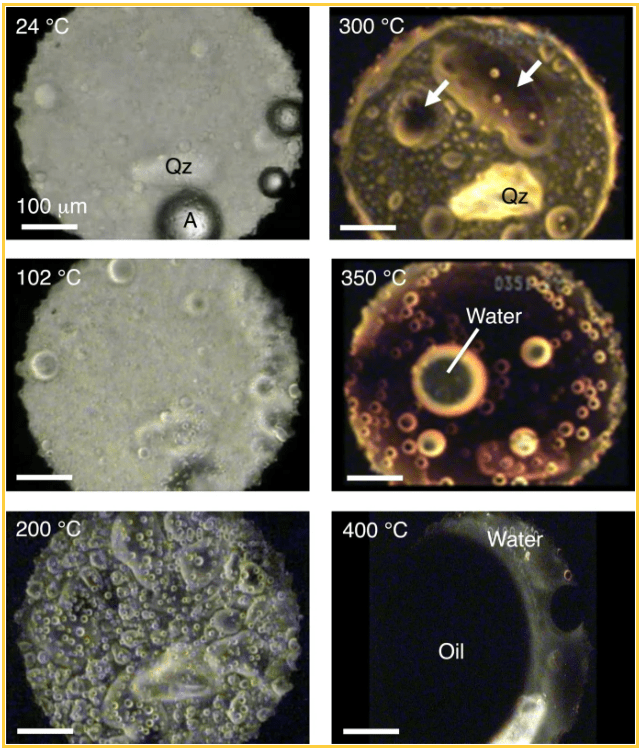
The group performed more experiments on analogs with slightly different constituent ratios, mirroring other types of precometary organic matter. Those experiments yielded the same results. The samples contained aqueous water and oil, with the bulk of it being water. Analysis also showed that the oil was similar to Earth’s crude oil.
“Our results show that the interstellar organic matter inside the snow line is a potential source of water on the earth. Moreover, the abiotic oil formation we observed suggests more extensive sources of petroleum for the ancient Earth than previously thought,” says Akira Kouchi.
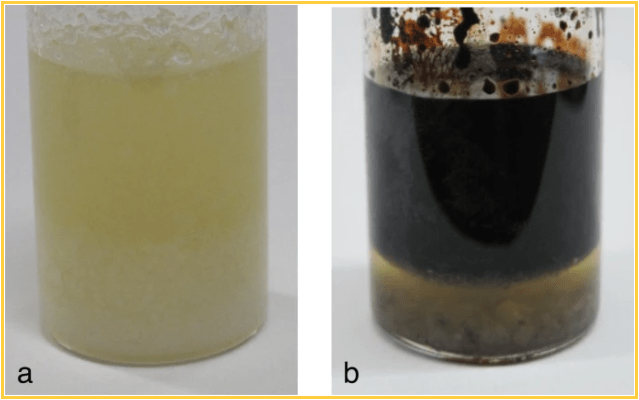
One cautionary note that the researchers pointed out concerns time. In their experiments, water started forming at 300 C (572 F.) But that’s valid only on the time scale of the experiment. “On astrophysical time scales,” they write in their paper, “the water formation temperature should be lower than 300?°C.”
“… the amount of water produced by the heating of actual precometary/cometary organics is likely larger than that obtained in the present experiments.”
From the paper “Precometary organic matter: A hidden reservoir of water inside the snow line”
The researchers also point out that cometary organics can differ from their chosen analog sample. “If we compare these cometary organics with the starting material used in the present study, it is clear that cometary organics are rich in O and N, which shows their primitive nature,” they write. But it does more than show how primitive they are. It means even more water than their experiments produced. “…we expect that the amount of water produced by heating organics will likely increase with increasing O content. Therefore, we suggest that the amount of water produced by the heating of actual precometary/cometary organics is likely larger than that obtained in the present experiments.”
While the icy comet/asteroid is the most prominent hypothesis for the origin of Earth’s water, it’s not perfect. There are holes in it, especially in regards to the evidence that early Earth was a highly-reduced environment.
The results from this study are extremely interesting. But these are just analogs of precometary organic matter. Kouichi is looking ahead to December, when samples from Ryugu will be safely on Earth. “Future analyses of organic matter in samples from the asteroid Ryugu, which the Japan’s asteroid explorer Hayabusa2 will bring back later this year, should advance our understanding of the origin of terrestrial water,” Kouichi said.
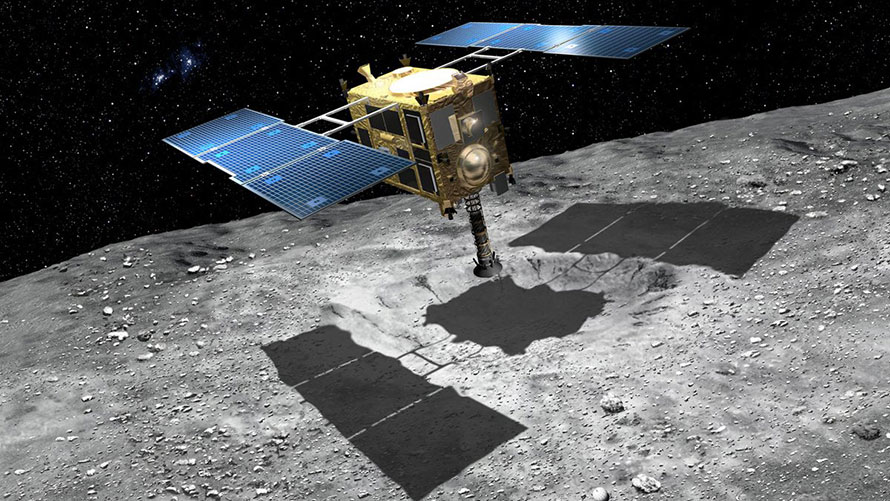
Currently, the Japanese Hayabusa2 spacecraft is on its way back to Earth, with its precious samples from asteroid Ryugu. In December 2020, it’ll reach Earth and deliver the samples to eager scientists. And NASA’s OSIRIS-Rex spacecraft is at asteroid Bennu, getting prepared to collect its own sample. If all goes well, it’ll return its sample to Earth in September 2023.

Be prepared for a flood of new papers based on both samples, and maybe for an answer to this most compelling question.
More:
- Press Release: New insight into the origin of water on the earth
- Research Paper: Precometary organic matter: A hidden reservoir of water inside the snow line
- Universe Today: Not all the Earth’s Water Came From Comets

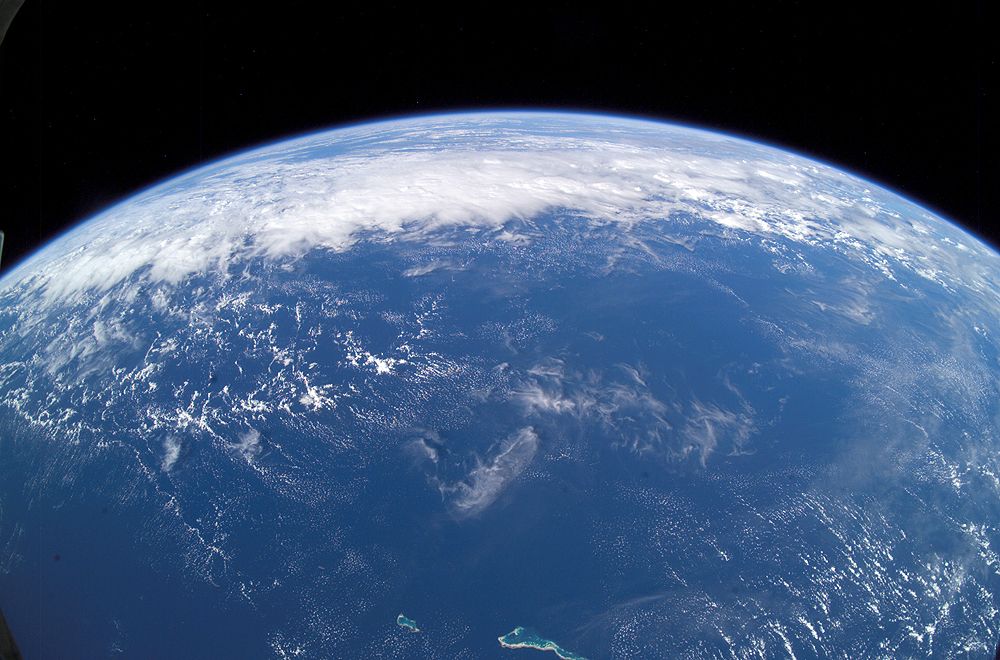
“There are holes in it, especially in regards to the evidence that early Earth was a highly-reduced environment.”
Yes, there are problems. The water ice line is mostly a volatile proxy, and isotope ratios point to not much of that was delivered here. And there is the context that planet formation happens much faster than earlier believed, so hierarchical accretion may not have been responsible for all of it. That leaves elbow room for material redistribution in the protoplanetary disk being important.
The new missions will be interesting!